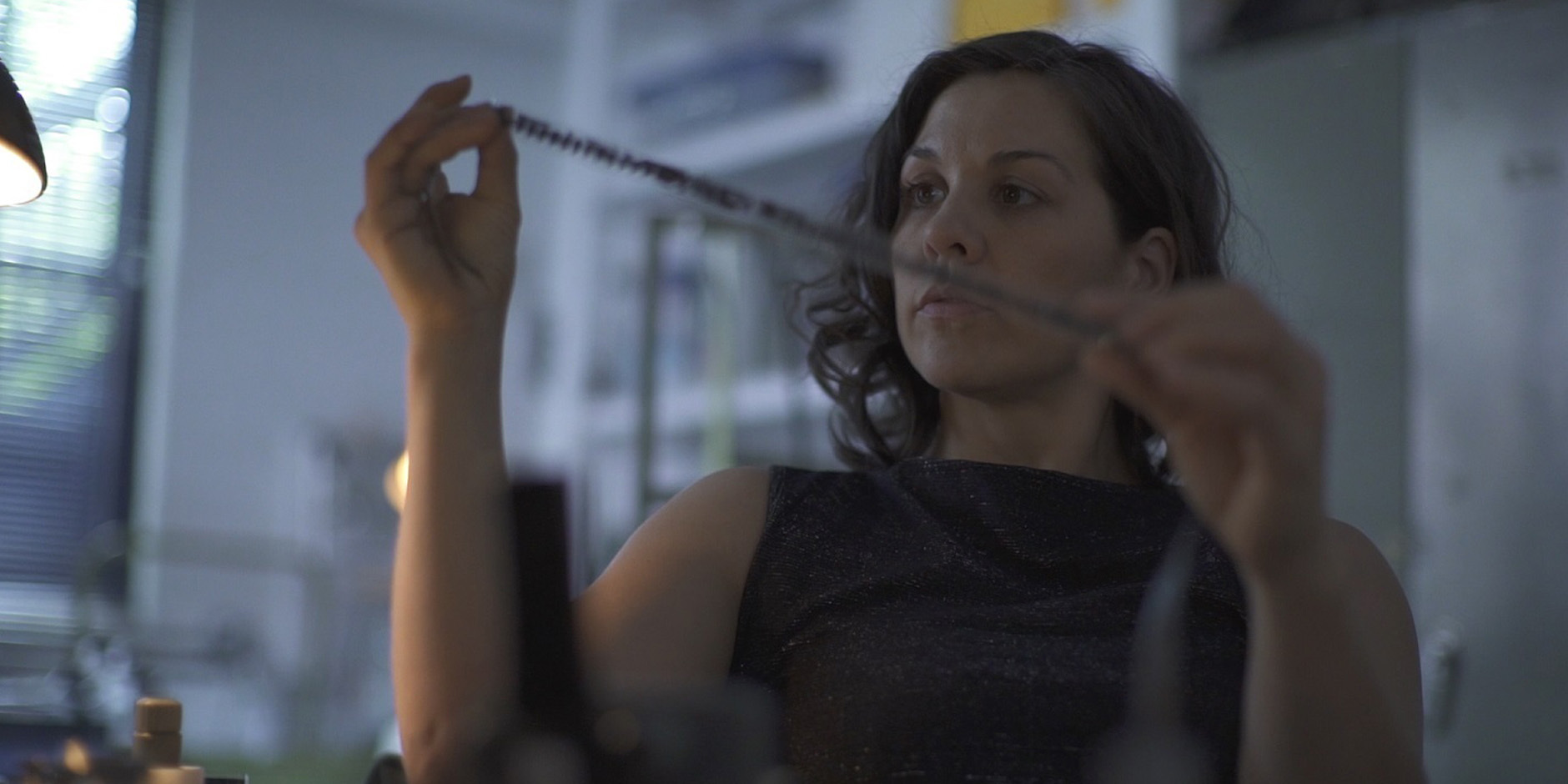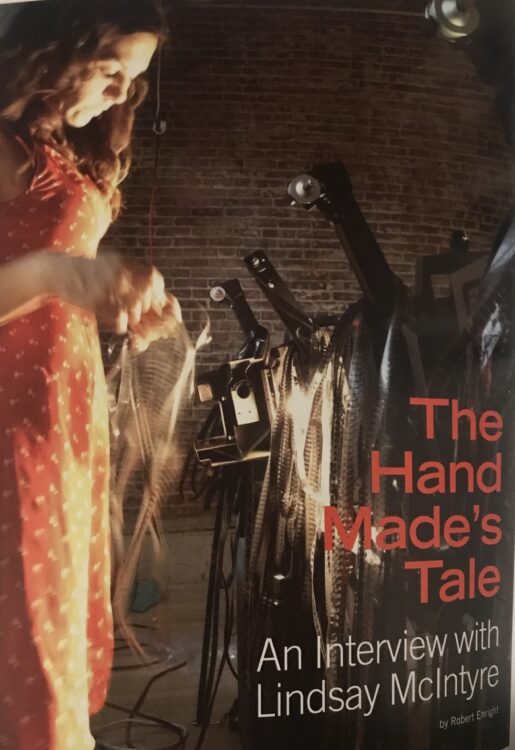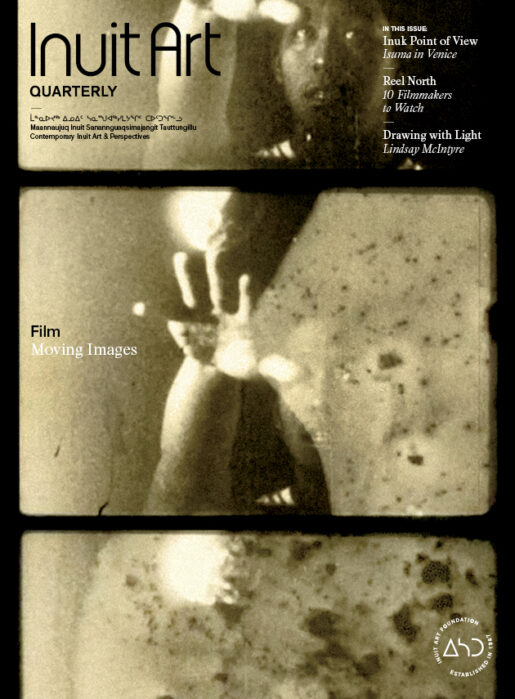New Film by Lindsay McIntyre Wins Oscar-Qualifying imagineNATIVE Award

Still from NIGIQTUQ แแแ แแ (The South Wind), by Lindsay McIntyre. (Image courtesy Lindsay McIntyre)
Posted on | Updated
NIGIQTUQ แแแ แแ , which was celebrated by the jury for its โmoving,โ โvisceralโ power, is based on a story told to Lindsay by her grandmother.
A new film by artist and ศซร๑ฒสฦฑ faculty member has won the at the 2023 .
Titled NIGIQTUQ แแแ แแ (The South Wind), the short drama was lauded by imagineNATIVEโs Moon Jury as an โincredibly moving story that brings you to tearsโ and โviscerallyโ connects the audience to its charactersโ experiences.
โFrom the first frame, you are watching cinematic beauty from a filmmaker who understands the medium of cinema and knows how to conjure the spiritual element that sits within the most beautiful of our Indigenous cinematic offerings,โ the jury writes. โLindsayโs unique cinematic voice and talent is as clear and heartfelt as the South Wind it comes from.โ
The Live Action Short Award is imagineNATIVEโs Oscarโqualifying category, meaning NIGIQTUQ แแแ แแ will be put forward to the Academy of Motion Picture Arts and Sciences for award consideration. The award also comes with a $7500 cash prize.
Lindsay, who often works in experimental documentary, says โit was a total shockโ to win an award for a drama.
โDrama is so, so hard, and I have much respect for the people who do it. Itโs really incredible to be honoured within this sphere,โ she says. โBut really, I think of the award as support for the story. Because itโs a really important story that we donโt talk about or know about, and itโs something Iโm really passionate about bringing to the world.โ
NIGIQTUQ แแแ แแ is based on a true story told to Lindsay by her grandmother. It connects to a larger story that is touched upon in several of Lindsayโs other films, including her upcoming feature, The Words We Canโt Speak, currently in advanced development.
โHaving left her Nunavut home in 1938 with her mother Kumaaโnaaq (koo-MAT-na), young Marguerite must negotiate the unspoken pressures of being Inuk in her new life in the South,โ reads the filmโs synopsis. โWhen an extraordinary letter arrives from home, Marguerite discovers whatโs really expected of her.โ
The narrative reveals a type of benevolent racism that at once aims to erase Indigeneity and all its markers while purporting that itโs โfor their own goodโ.
NIGIQTUQ แแแ แแ , which translates to โSouth Wind,โ refers to an Inuit concept which celebrates positive change but also carries a caution.
โThe south wind may bring blue skies and better conditions, but thereโs also a sense of warning or a need to be present, because you canโt forget that the wind will always change back,โ Lindsay says. This metaphor underscores Lindsayโs broader project of foregrounding an overlooked chapter in Canadian history.
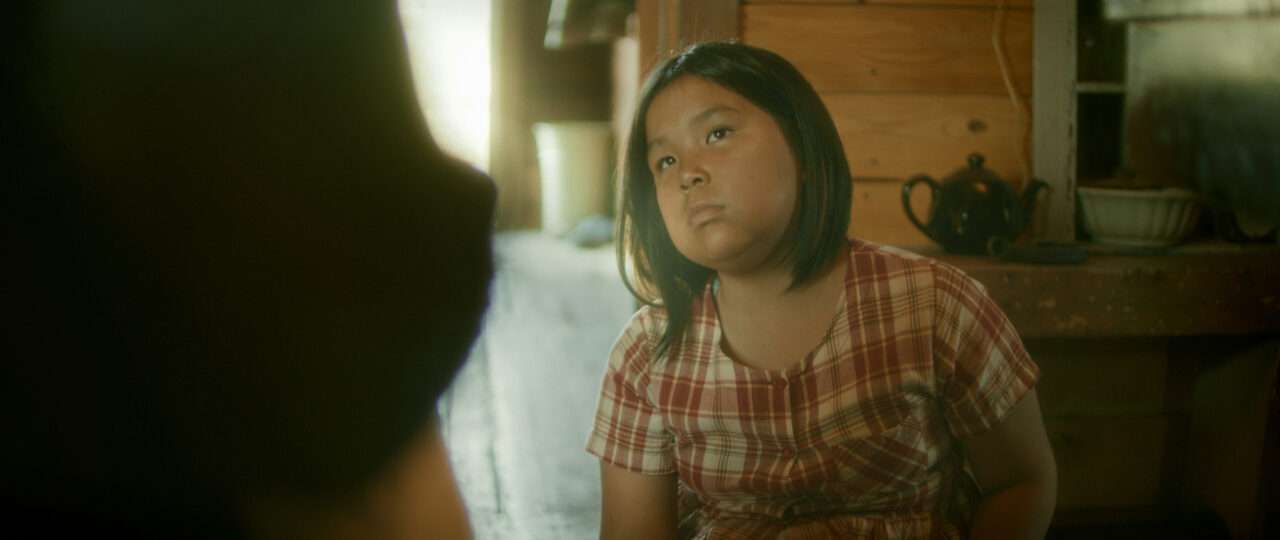
Still from NIGIQTUQ แแแ แแ (The South Wind), by Lindsay McIntyre. (Image courtesy Lindsay McIntyre)
โWe know about residential schools and some of the other big ugly colonial wrongs, but we donโt often think about Inuit in the same way,โ she says. โWe donโt think about what the world was like for Inuit when the RCMP and the traders and the whalers and the missionaries showed up. My grandmother was an interpreter and servant to the RCMP in the early days of colonial interest so her story embodies how all of these different communities came together in a colonial context. And itโs unique because it was especially rare for an Inuk woman to be included in police business.โ
Though NIGIQTUQ แแแ แแ takes shape as a more traditionally structured drama, it still includes Lindsayโs signature artistic engagement with the materiality of film. For instance, the work was almost entirely shot through broken glass filters. These kinds of experimental formal approaches aim to ground Lindsayโs stories conceptually, by considering every aspect of filmmaking as an opportunity to treat her subject responsibly and with sensitivity.
For example, an upcoming film titled Tuktuit explores the importance of caribou to Inuit survival, as well as to Lindsayโs grandmother, who was said to have been able to โskin a caribou before it hit the ground.โ The film also traces Lindsayโs own learning around how to skin and process a caribou in a customary way. From that animalโs hide, Lindsay will make gelatin which will then be used to produce the emulsion her film will be shot and printed on. Meaning the film itself will actually contain the DNA of a caribou.
โFor me, a work isnโt satisfying unless thereโs some connection between the form and the content,โ she says. โThat connection between things is usually what Iโm striving for in the work that I make.โ
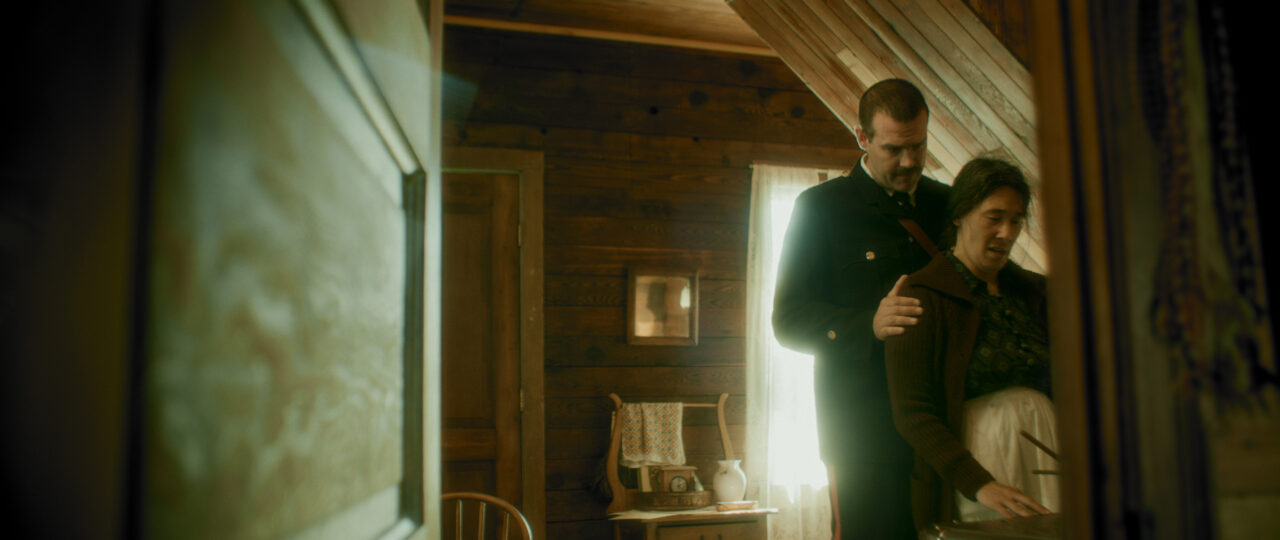
Still from NIGIQTUQ แแแ แแ (The South Wind), by Lindsay McIntyre. (Image courtesy Lindsay McIntyre)
NIGIQTUQ แแแ แแ premiered at the Vancouver International Film Festival in September, 2023, and has also been programmed at the Anchorage International Film Festival, Garifuna International Indigenous Film Festival, Buenos Aires International Film Festival, Skรกbmagovat Film Festival, and the Whistler Film Festival. The film also appeared in a Nov. 15 retrospective of Lindsayโs works at the Berkeley Museum and Pacific Film Archive as part of their Alternative Visions series. Titled , the program brought together eight of Lindsayโs films from the past 15 years.
NIGIQTUQ แแแ แแ was written and directed by Lindsay, and produced by Lindsay and Katrina Beatty. The film features cinematography by Wes Miron, with key cast including Brenda Amakลak Putulik, Naomi Ullikata Natseck and Lindsay Robinson. Support for NIGIQTUQ แแแ แแ was provided by the Canada Council for the Arts, BC Arts Council and COUSIN Collective.
and to learn more about her work.
Visit ศซร๑ฒสฦฑ online to find out more about studying Film + Screen Arts at Emily Carr.
